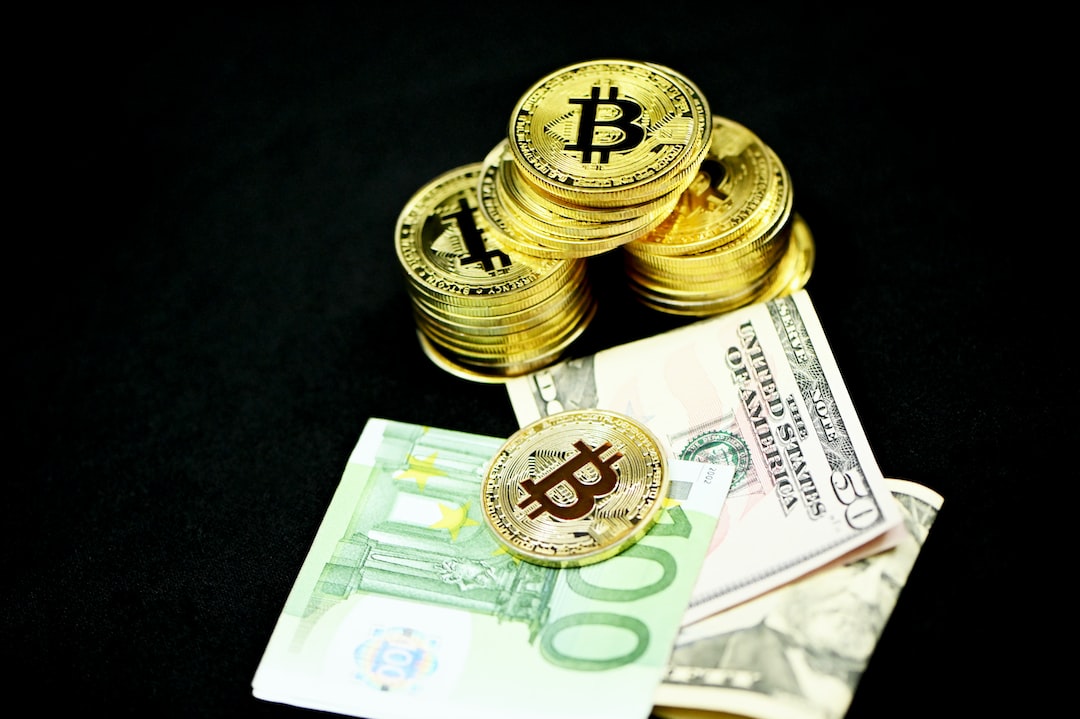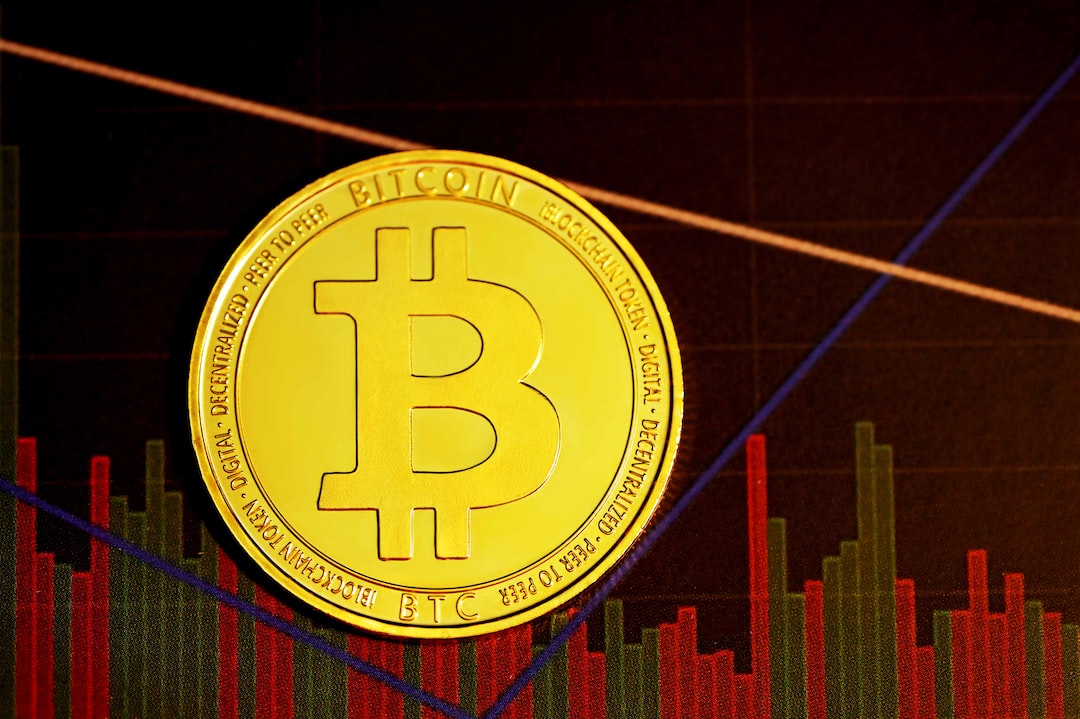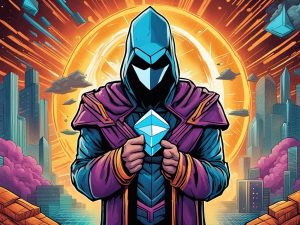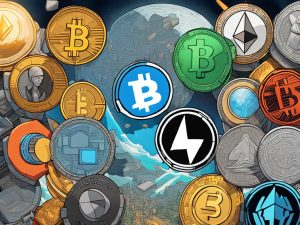The Expansion of Web3 Game Development
A recent report by Delphi Digital titled “The Year Ahead for Gaming 2024” highlights the rapid growth of the infrastructure for Web3 game development. Despite a decrease in market capitalization, there is still significant potential for expansion in the gaming industry.
The Blockchain Gaming Ecosystem
Currently, there are around 1.2 million daily active wallets participating in gaming protocols, resulting in 15 to 25 million gaming transactions per day. Developers favor options like Optimism, the OP Stack framework, and Starknet for fully on-chain crypto gaming (FOCG).
According to the report, the primary markets for blockchain gaming include countries like the Philippines, Nigeria, Pakistan, Singapore, Vietnam, South Korea, Hong Kong, China, and the United Arab Emirates.
Mobile gaming has become increasingly popular among Web3 developers due to improved onboarding processes and relaxed regulations.
Increasing Networks and Player Liquidity
In 2023 alone, 76 new gaming-centric networks emerged, including general-use L1s, L2s, and appchains. A significant theme for 2024 is expected to be the competition for player liquidity among these networks.
The blockchain gaming space has surpassed DeFi protocols in terms of on-chain transactions, emphasizing the importance of player liquidity for various gaming-specific networks and blockchains.
Challenges: User Acquisition and Rising Costs
Analysts predict significant growth in the global blockchain gaming sector, with projections indicating a potential market valuation of $614 billion within seven years. However, user acquisition can be expensive for blockchain games compared to non-Web3 alternatives.
The financialized player incentives and increasing costs associated with launching and maintaining live operations for Web3 games pose challenges for developers. Balancing profitability and user experience is crucial.
Hot Take: The Future of Web3 Gaming
The infrastructure for Web3 game development is expanding rapidly, with millions of daily transactions and a growing number of gaming networks. While there are challenges such as user acquisition costs and rising expenses, the potential for growth in the blockchain gaming sector is significant.
Developers are increasingly turning to mobile gaming platforms, and player liquidity competition is expected to be a key theme in the coming years. As the blockchain gaming space surpasses DeFi protocols in on-chain activity, it becomes clear that player liquidity is vital for the success of gaming-specific networks and blockchains.





 By
By
 By
By
 By
By
 By
By
 By
By